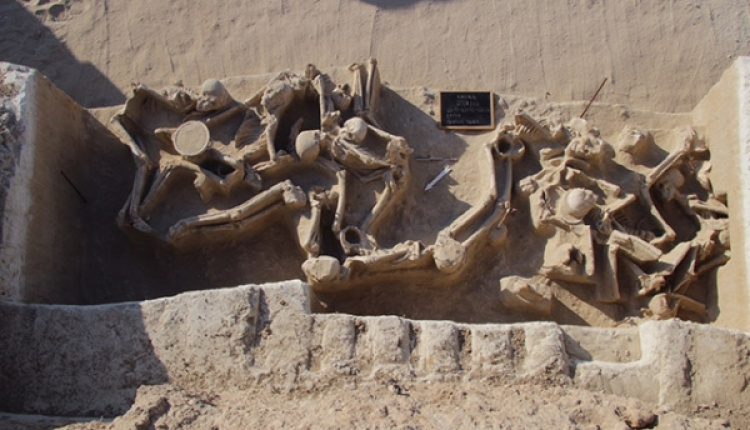Archaeologists Study Skeletons From Ancient Cemetery At Phaleron
- by XpatAthens
- Tuesday, 12 April 2016

Not even four miles south of Athens lies Phaleron, a port of Athens in classical times. Phaleron boasts one of the largest cemeteries ever excavated in Greece, containing more than 1,500 skeletons. Dating to the 8th-5th centuries BC, Phaleron is significant for our understanding of the rise of the Greek city-state and, in particular, for understanding the violence and subjugation that went with it. Two mass burials at Phaleron include people who were tossed face-down into a pit, their hands shackled behind their backs.
The shackled skeletons, easily the most compelling remains from Phaleron, have received researchers' attention for decades, as they are among the very few instances of shackled deaths in the ancient world and could indicate punishment, slavery, or a death sentence. But study of these “captives” has to take place within the context of the entire cemetery, and analyzing 1,500 skeletons is a massive task.
In the long-term, Phaleron skeletons will give us a window into a critical time in ancient Greek history, just before the rise of the city-state.
For more information about Phaleron and the excavation, please visit: Forbes
For more information about Phaleron and the excavation, please visit: Forbes



